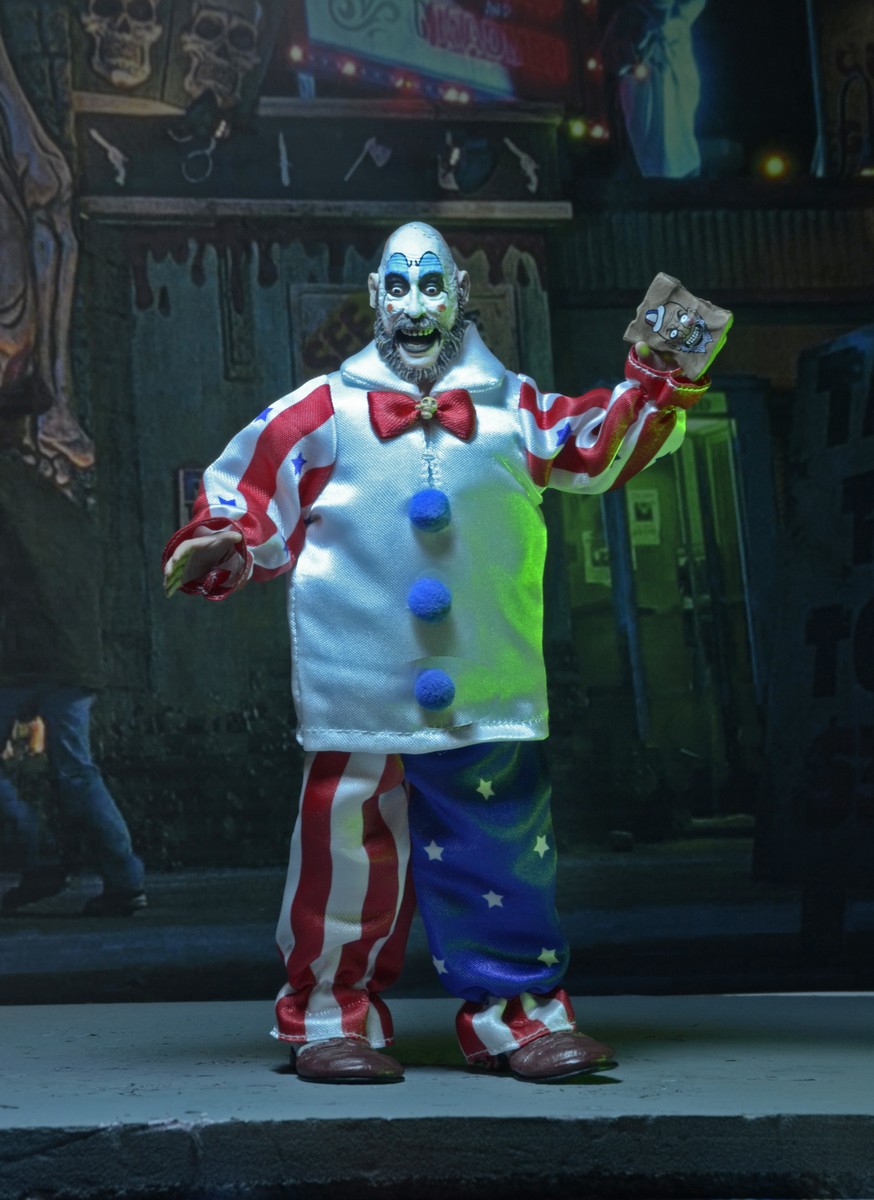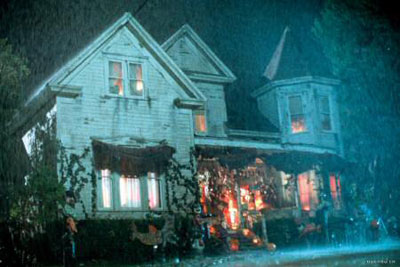

"An hour-and-a-half of undecipherable plot and sickening-but not exactly novel-horror," complained Film Threat in a slightly longer takedown… although, for what it's worth, FANGORIA celebrated Zombie's "balls-out tribute to the genre classics of the '70's that pushes the R-rating to the limit and provides a welcome showcase for a gallery of cool character actors." (It also graced the cover of Issue #219.) Zombie is both too much of a stylist, always cutting away to oddball inserts, black-and-white flashbacks, negative images and much else, and too little: he is not in enough control of his means to let a mood grow and fester," The New York Times opined in its four-paragraph review. Most film critics at the time were less than impressed.

Corpses, while no blockbuster, reportedly made its money back for the studio by the end of its opening weekend-barely three days after US-led forces entered Baghdad to facilitate Saddam Hussein's literal and figurative toppling. Attempting to venture into genre fare, Lionsgate soon took a chance on the grindhouse release. Months later, MGM purchased Corpses, prompting an assumedly elated Zombie to publicly quip they "must have no morals." MGM, unamused, became the second studio to abandon the film. Universal kept the ride the same but changed its name to "American Nightmare." By then, however, Zombie's Halloween Horror Nights attraction was complete and replete with references to the upcoming movie, including a trailer that played as visitors waited to enter the ride. Joe Lieberman participated in yet another congressional hearing alongside Lynne Cheney concerning the perennial specter of "media violence." Not long afterward, Universal blinked in the face of Corpses' all-but-unavoidable NC-17 rating and shelved the project to spare themselves a PR headache. But in the middle of filming and exactly 363 days before 9/11, Sen. Universal was on board when he came to them with the idea of expanding the ride into a full-fledged movie.

Zombie's House of 1000 Corpses boasts one of Hollywood's most well-documented production hells. It begs the question: Why does a return to the cartoonish, not exactly " good" splatter flick somehow hit harder and bloodier after twenty years? For that, it's worth rewinding to the dawn of the 21st century and the original Halloween Horror Nights attraction's forced, unfortunately, prescient rename-"American Nightmare."
#HOUSE OF A THOUSAND CORPSES CAPTAIN SPAULDING MOVIE#
A rewatch in celebration of the movie's 20th anniversary all but confirms its origins in the movie's opening showcase of Captain Spaulding's roadside detour, "Museum of Monsters and Madmen." Each garish room in the Firefly clan's abode looks like a stop on the ride primed for the next jump scare, and the movie dialogue is frequently so hackneyed (and often recited to match) that it feels like it could just as easily come from Baby or Otis as it could through the tinny speaker embedded in a rubber-suited animatronic ghoul.Īnd yet House spawned two sequels, an impressive cult following, knockoff " Captain Spaulding for President" t-shirts, and not least of all, a second career for Zombie. It likely comes as little surprise to learn that Zombie's first feature film began as a haunted house carnival ride. Zombie already had a name picked out for it: House of 1000 Corpses. The angle for 2000's outing, however, would be slightly more structured and narratively focused. One year earlier, Zombie designed a successful maze based on his multiplatinum debut solo album, Hellbilly Deluxe, for Universal Studios' annual Halloween Horror Nights. It was the turn of the millennium, and the schlock-rocker coasted atop an apex wave of superstardom. Universal wanted Rob Zombie to build them a haunted house.


 0 kommentar(er)
0 kommentar(er)
